Jonathan Anderson’s quiet revolution

Dior has never been defined by a single image, but by a mentality: elegance, craftsmanship, femininity and fantasy. Now, with the former Loewe man’s quiet revolution steering the ship, his subtle layering feels timely and sincere.
Style
Words: Eleni Leokadia
Whether you were lucky enough to attend in person, caught the show scrolling through Instagram, or joined Lyas’s lively viewing party in Paris, one thing is certain: anticipation for Jonathan Anderson’s Dior menswear debut was real.
This buzz was no accident. The collection’s buildup was meticulously orchestrated through campaigns inspired by Anderson’s personal moodboard, acting as an entrée to the cultural juxtapositions the Irish designer would explore on the runway.
There were portraits by Andy Warhol, the subjects of which were artist Jean-Michel Basquiat and socialite Lee Radziwill, icons representing two very different worlds (but both “the epitome of style,” according to the designer). It set the tone for what followed: a quiet dialogue between history and subversion, casual and bourgeois, channelling the faded glamour of 18th-century Paris at the Hôtel National des Invalides. Stylised to evoke Berlin’s Gemäldegalerie, the modest scenery was complete with cube seating and just two small paintings by Jean Simeon Chardin. Recession indicator, perhaps?
But this collection wasn’t about austerity. It was a quiet clash of codes: Regency-era tailoring met with denim; 18th-century flower-embroidered waistcoats layered over oversized cargo shorts, nodding to the same proportions Anderson delivered during his time at Loewe. Knitted vests and flipped-out ties offered an off-kilter charm of wearable Rococo influence. The standout? A Dior Bar jacket – a clear sign that Anderson’s ready to dismantle the gentleman’s, and the brand’s, closet from the inside out.
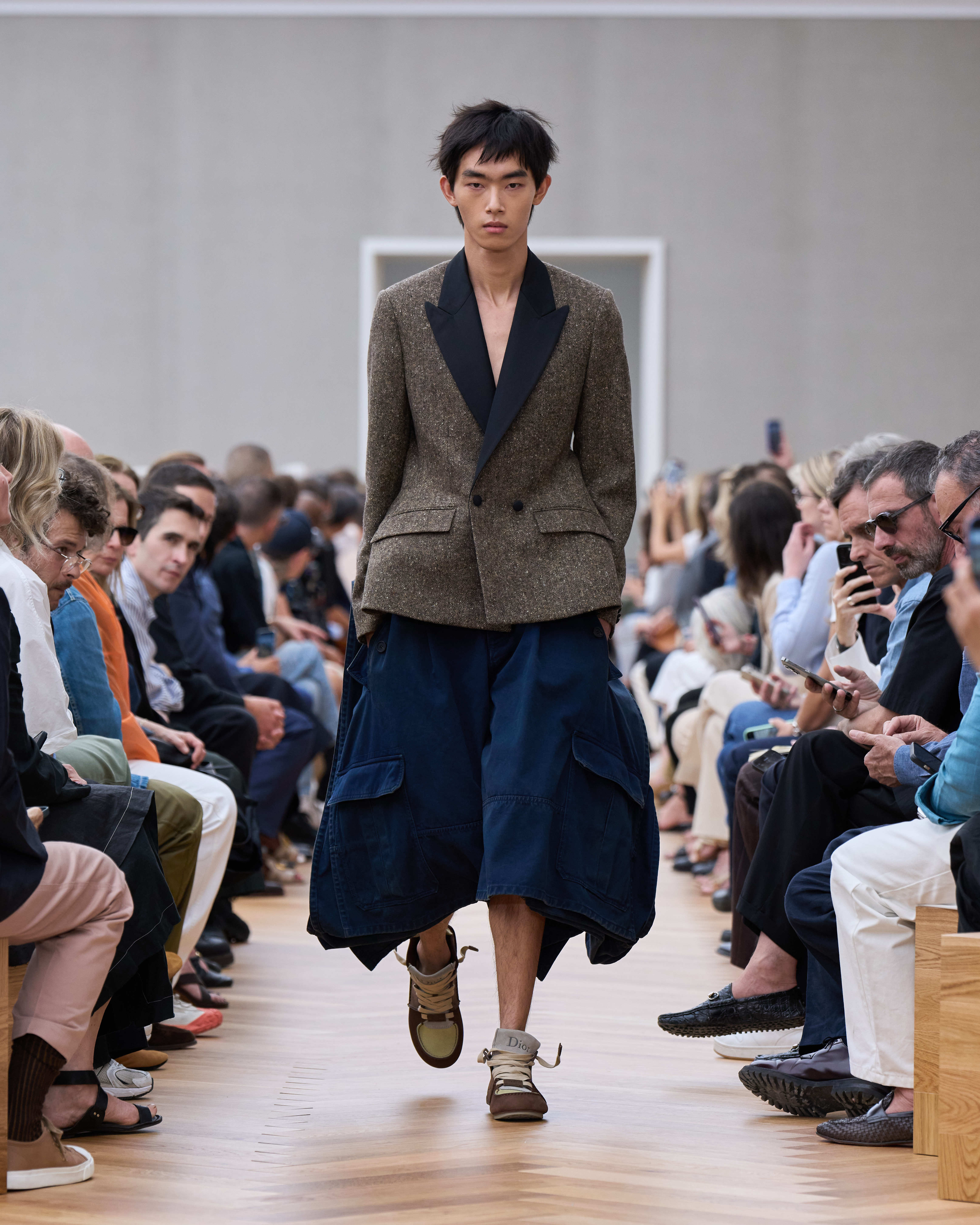
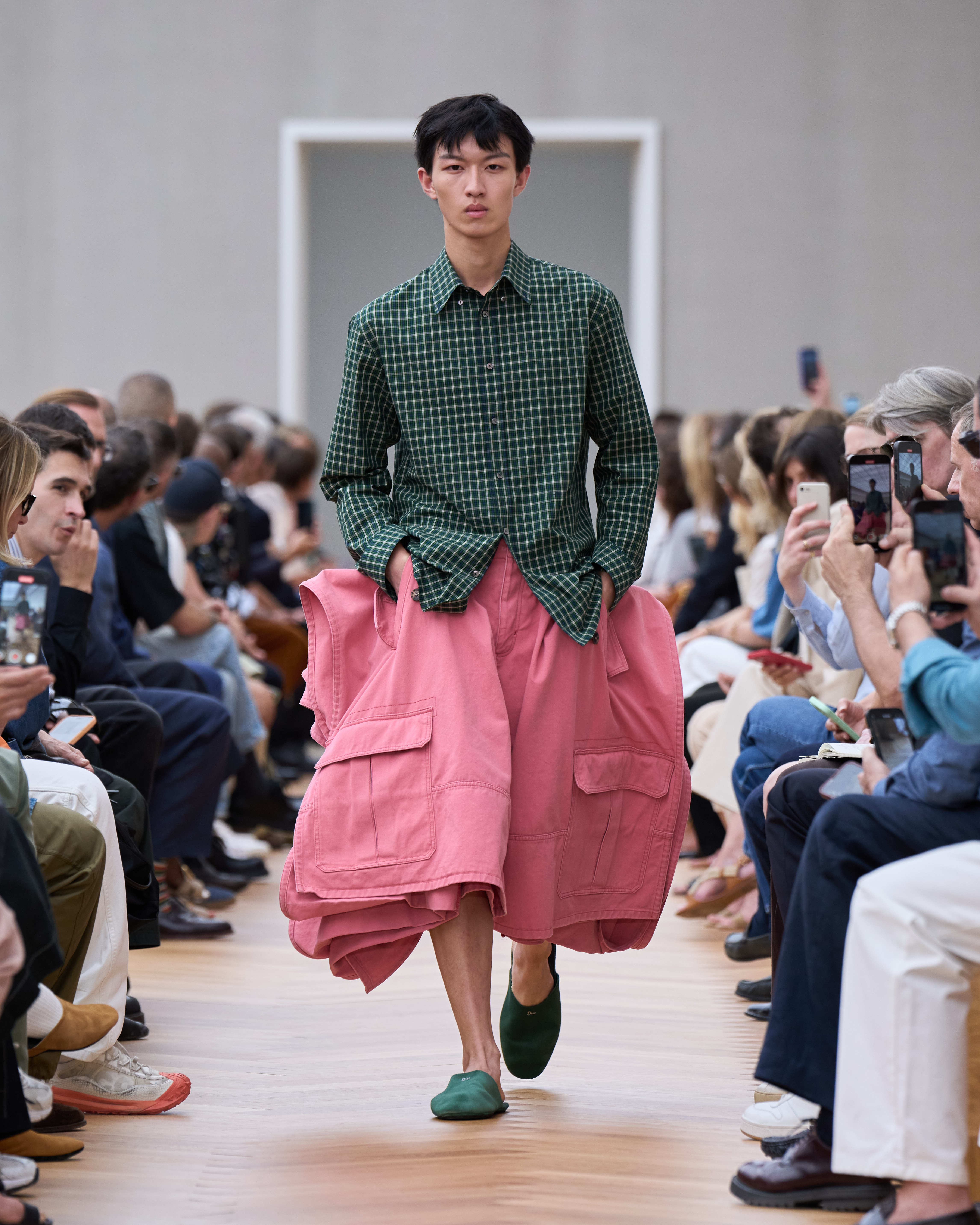

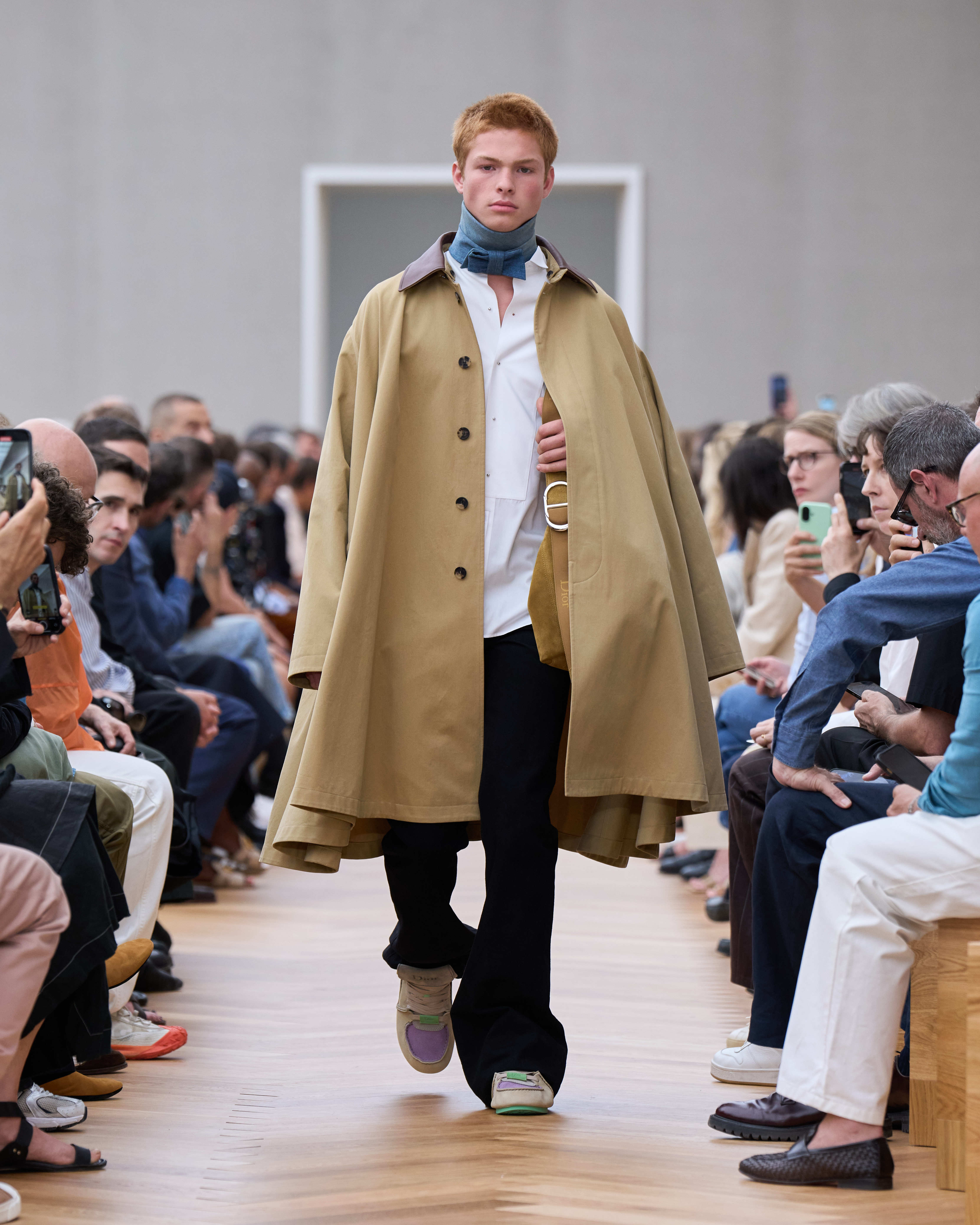
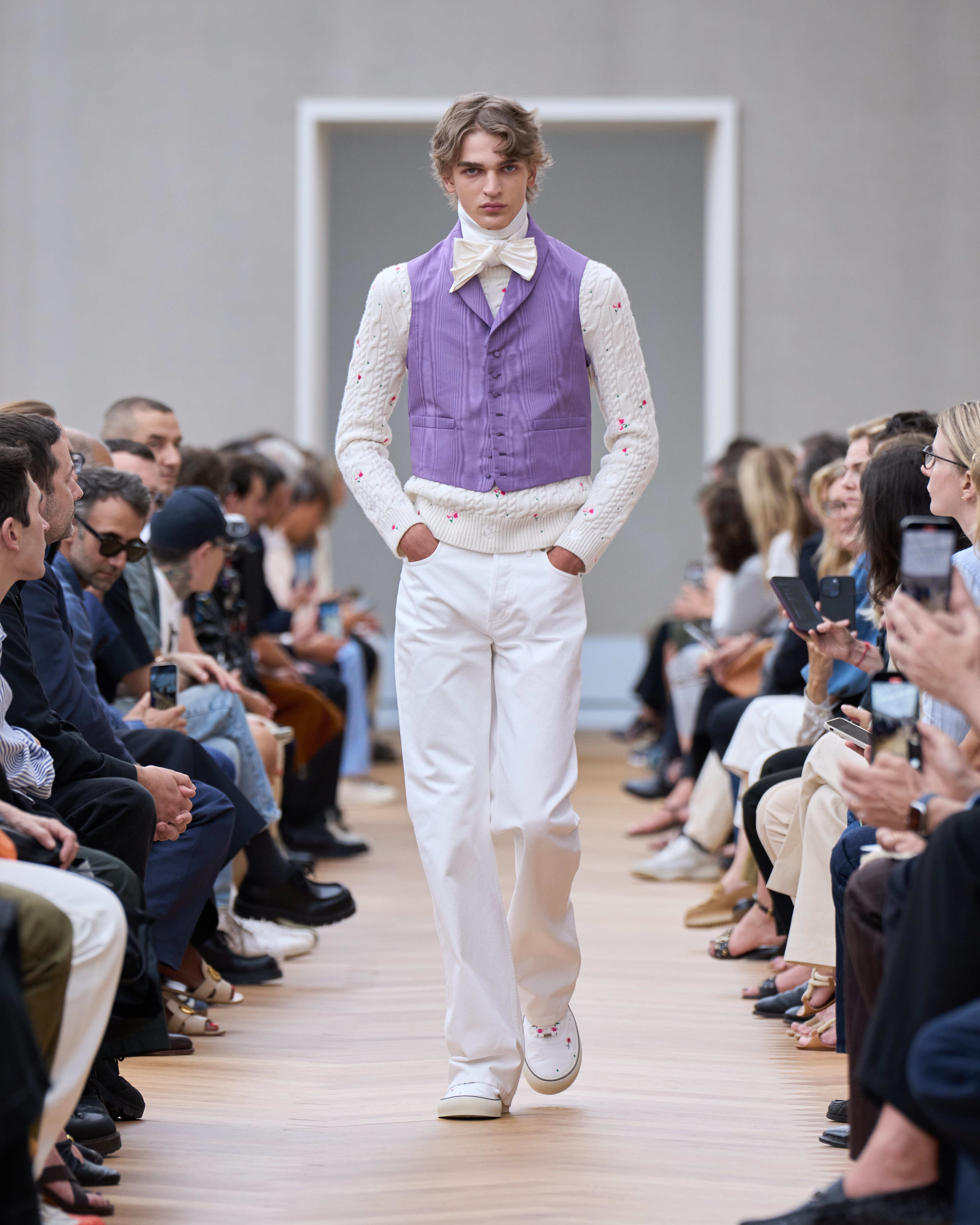
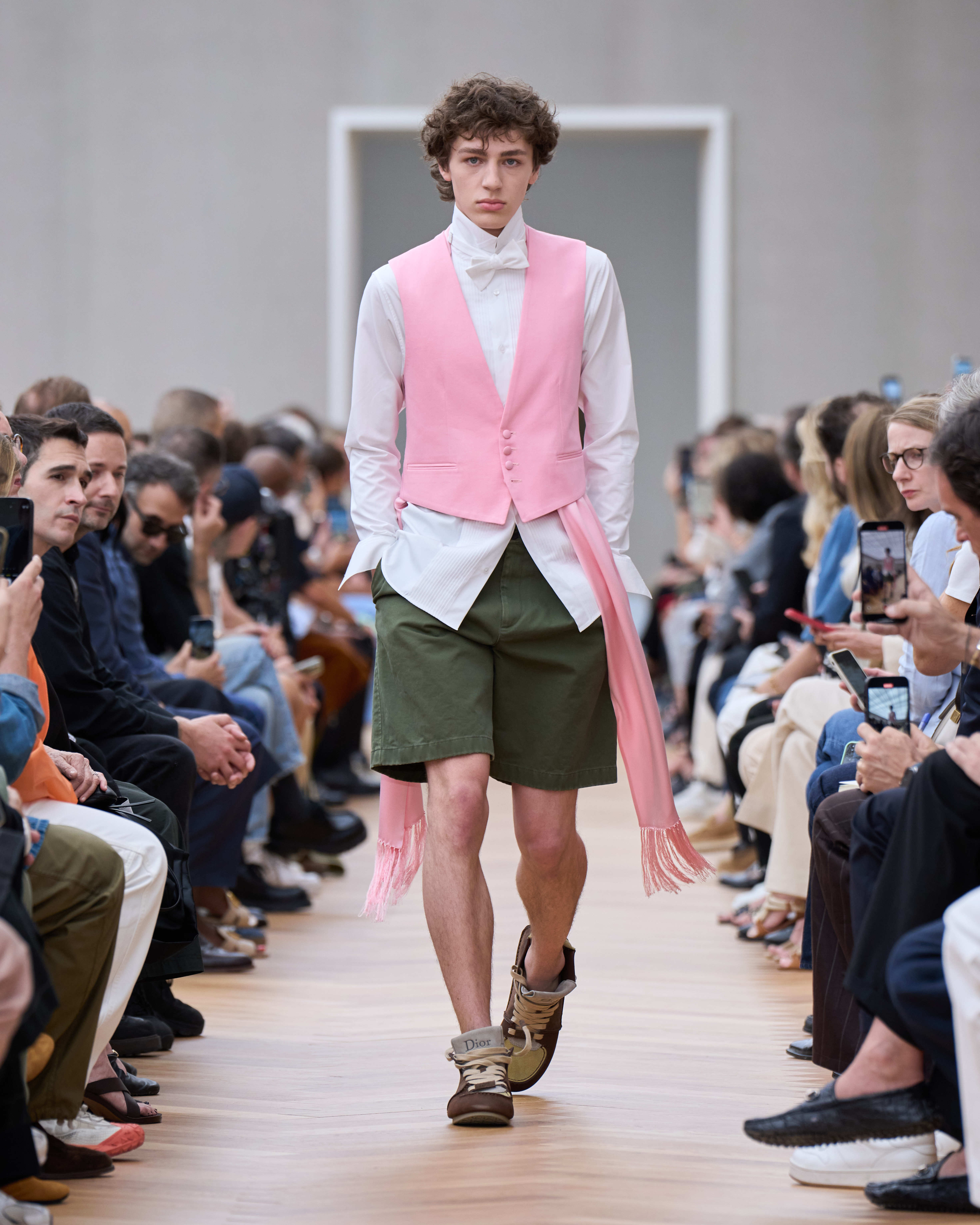
Long before Dior, Anderson was already poking at the boundaries of culture and gender. At JW Anderson, he sent men down the runway in skirts paired with Donegal tweed; a nod to his Northern Irish roots – masculinity resewn and repackaged. Whispering rebellion of this sort is exactly what cemented Anderson as one of fashion’s most compelling voices. After all, winning Designer of the Year at the Fashion Awards two years in a row isn’t luck. He weaved complex themes of identity into his designs, all while never shying away from a satirical edge (I’m looking at you, pigeon bag).
In doing so, Anderson is ready to step into a lineage shaped by his predecessors: Kim Jones, who served as artistic director of Dior men’s for seven years, and, come September, Maria Grazia Chiuri, who held the creative reins of womenswear at the brand for nearly a decade (Anderson is the first designer since Christian Dior himself to helm both men’s and women’s).
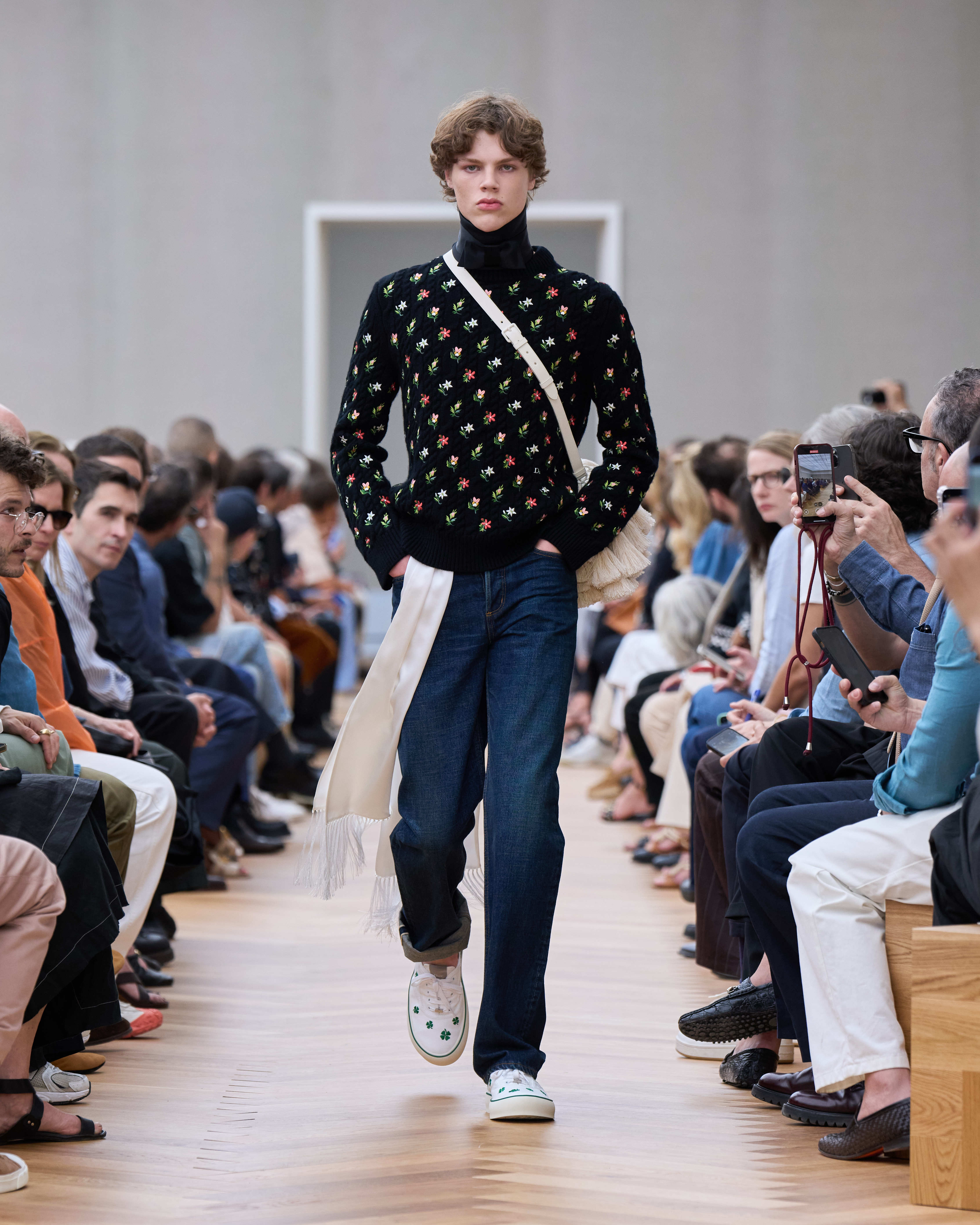
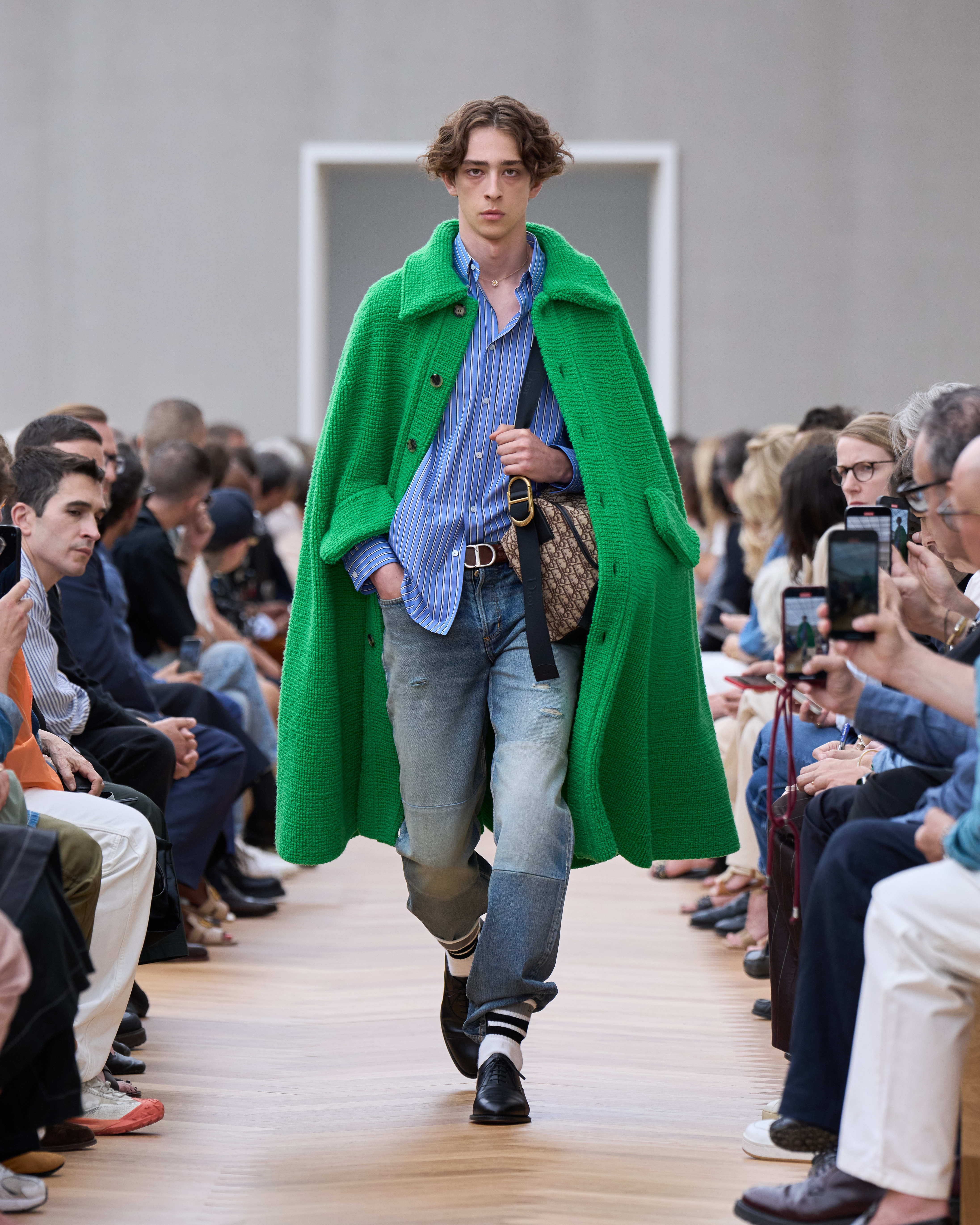
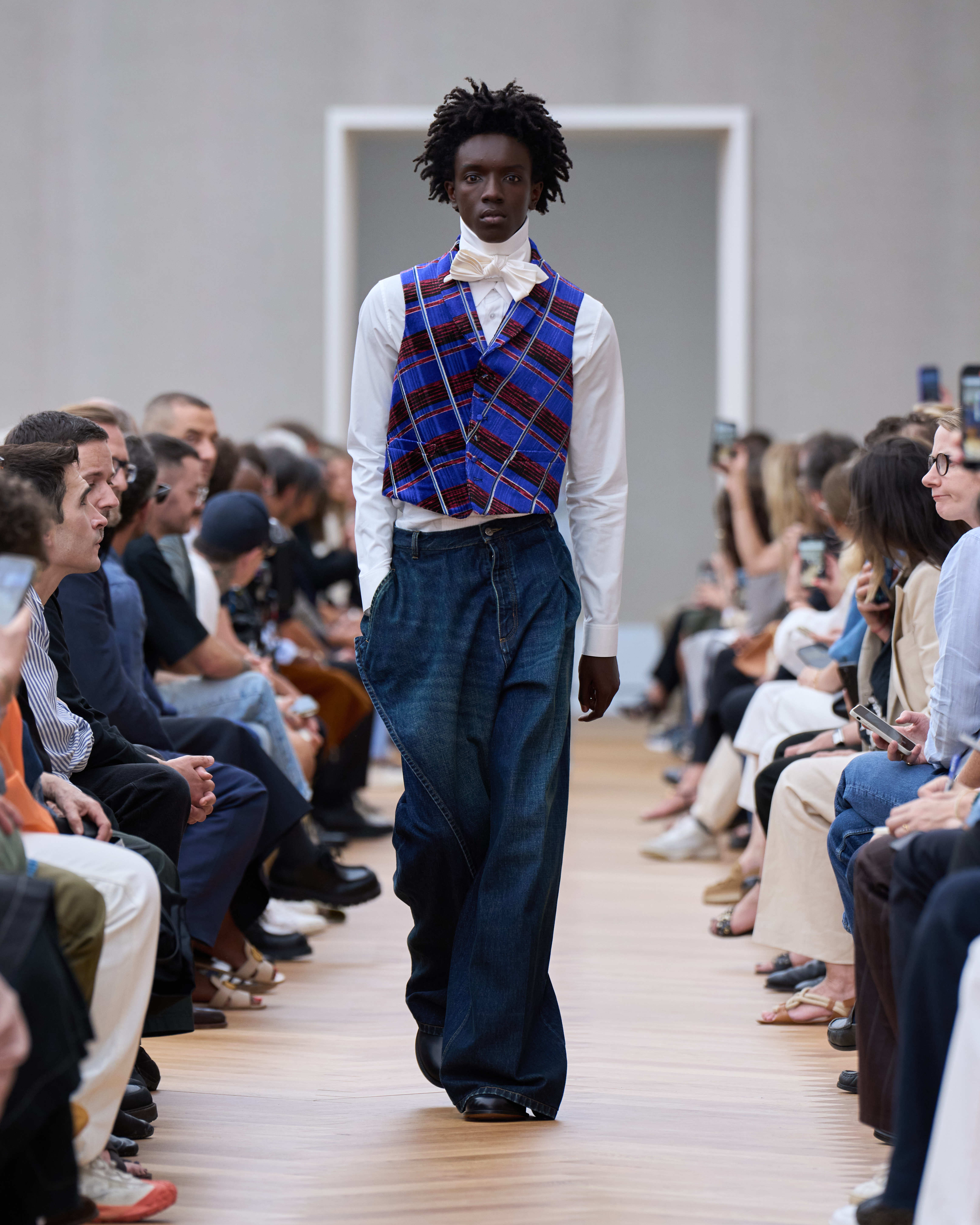
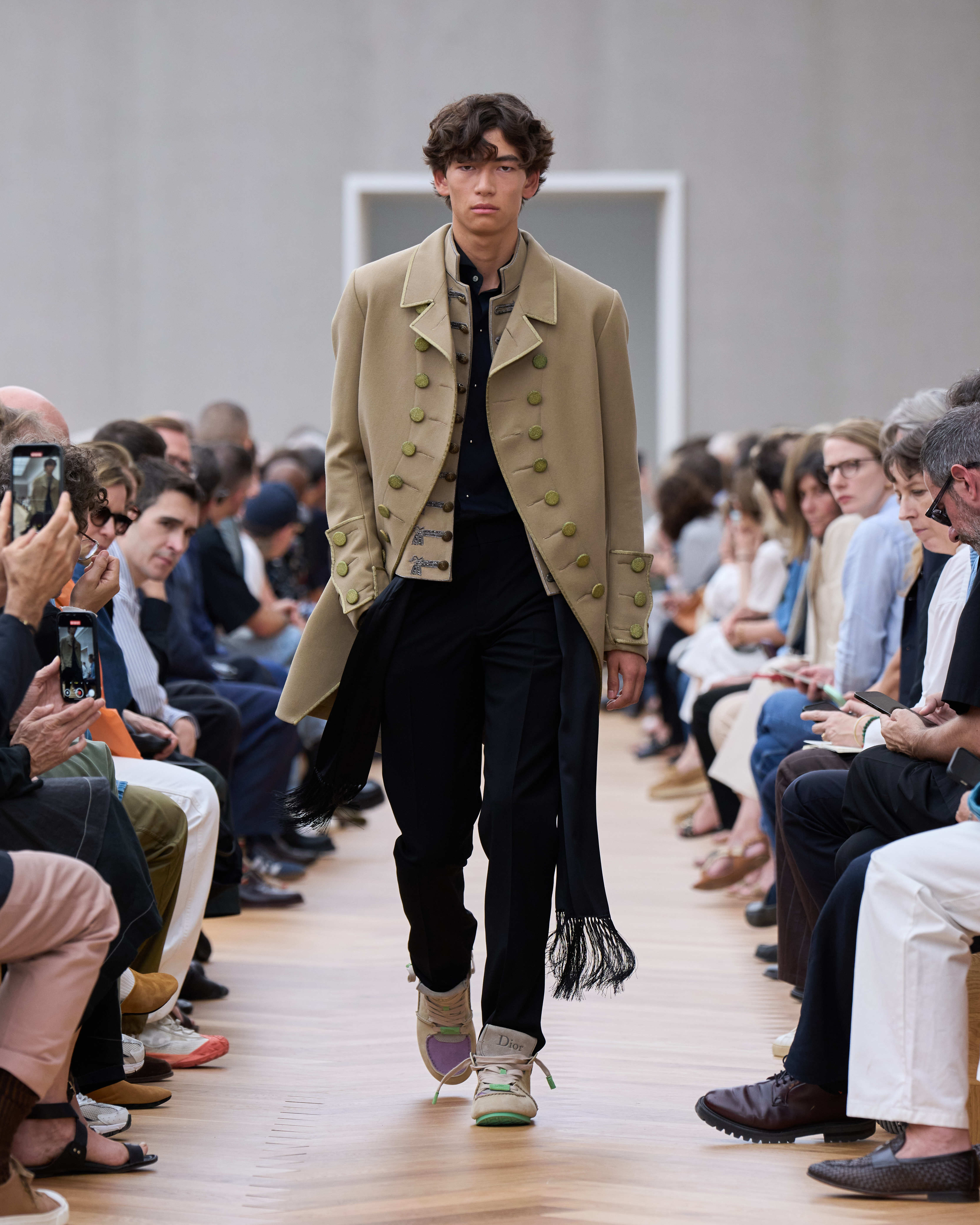
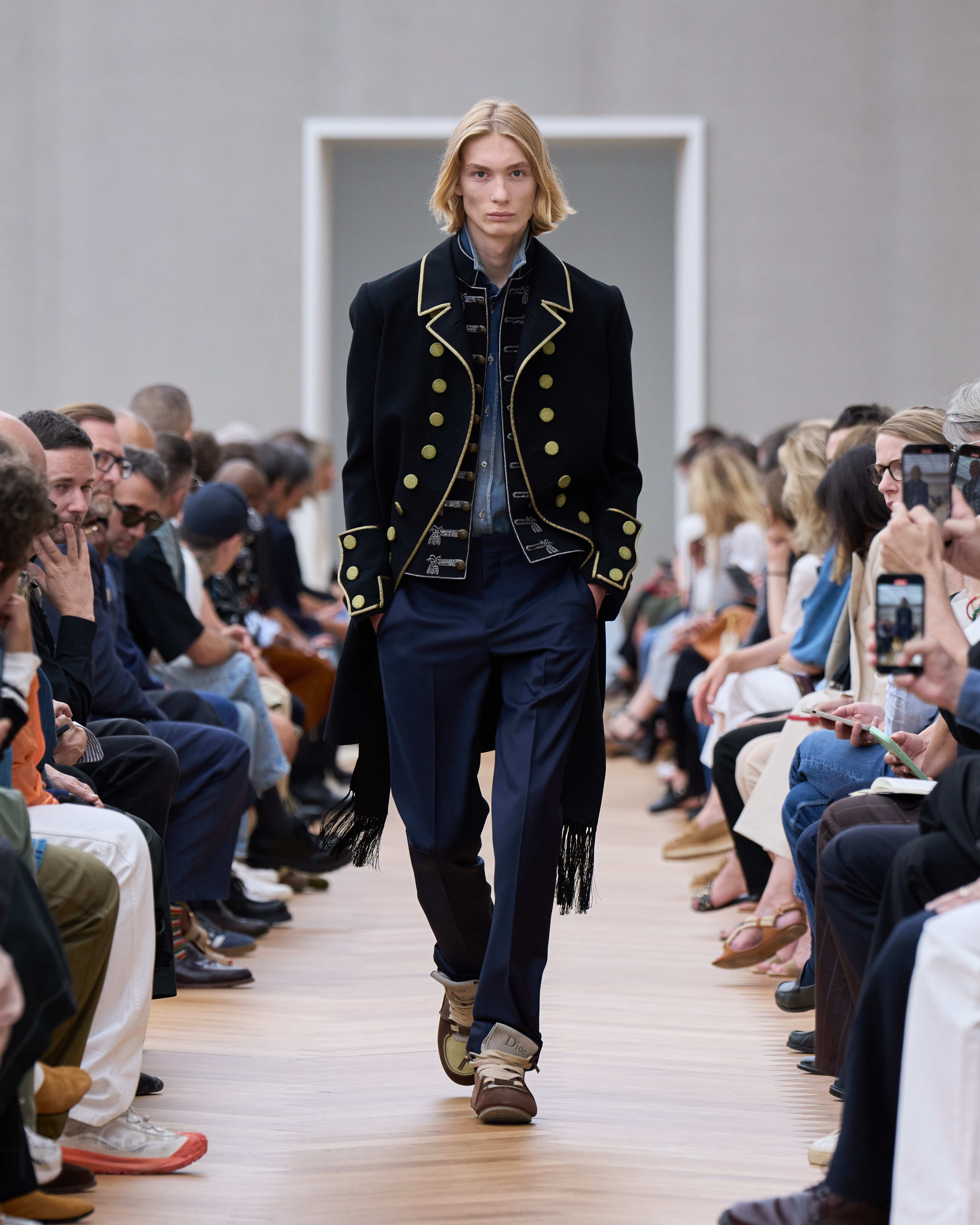

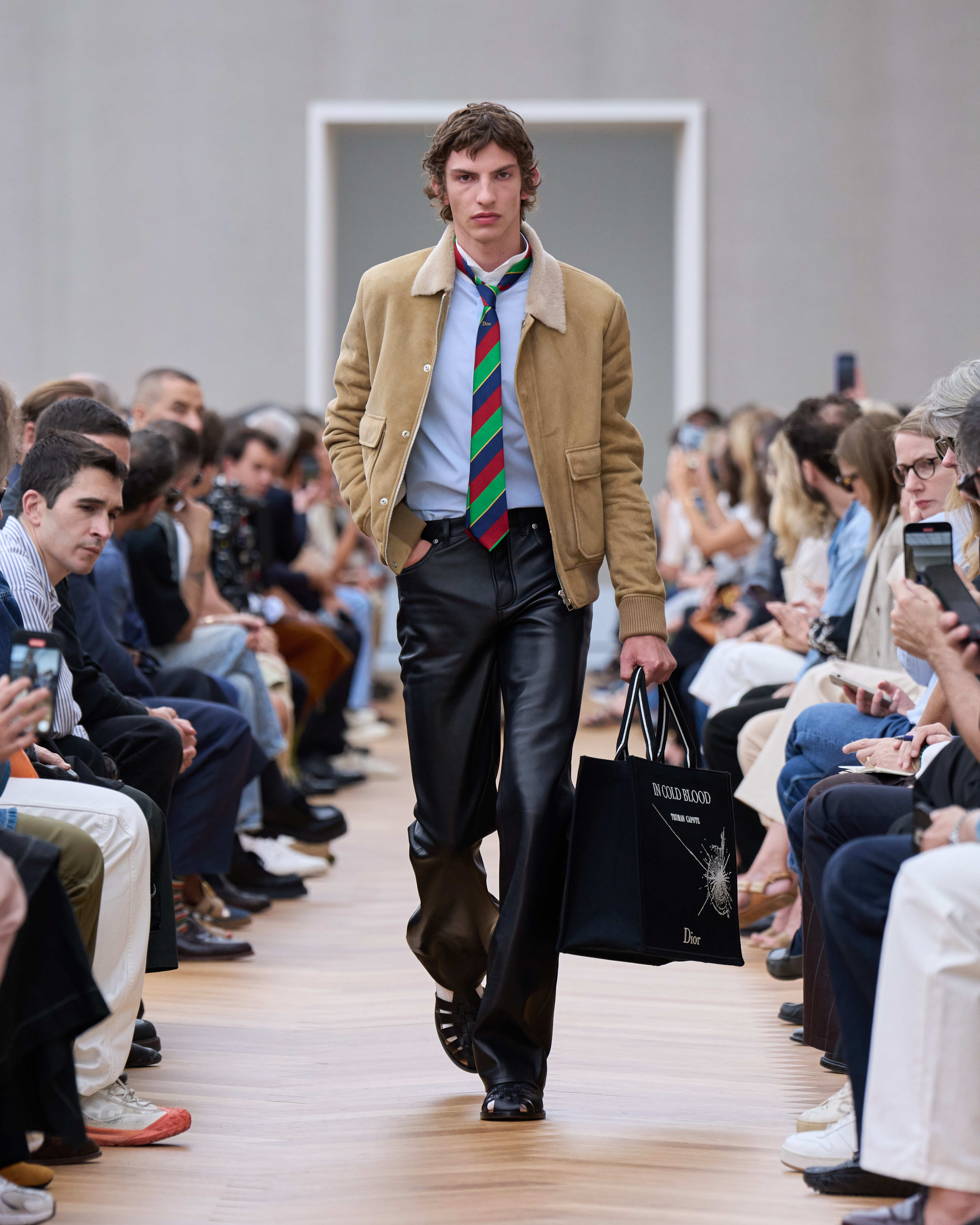
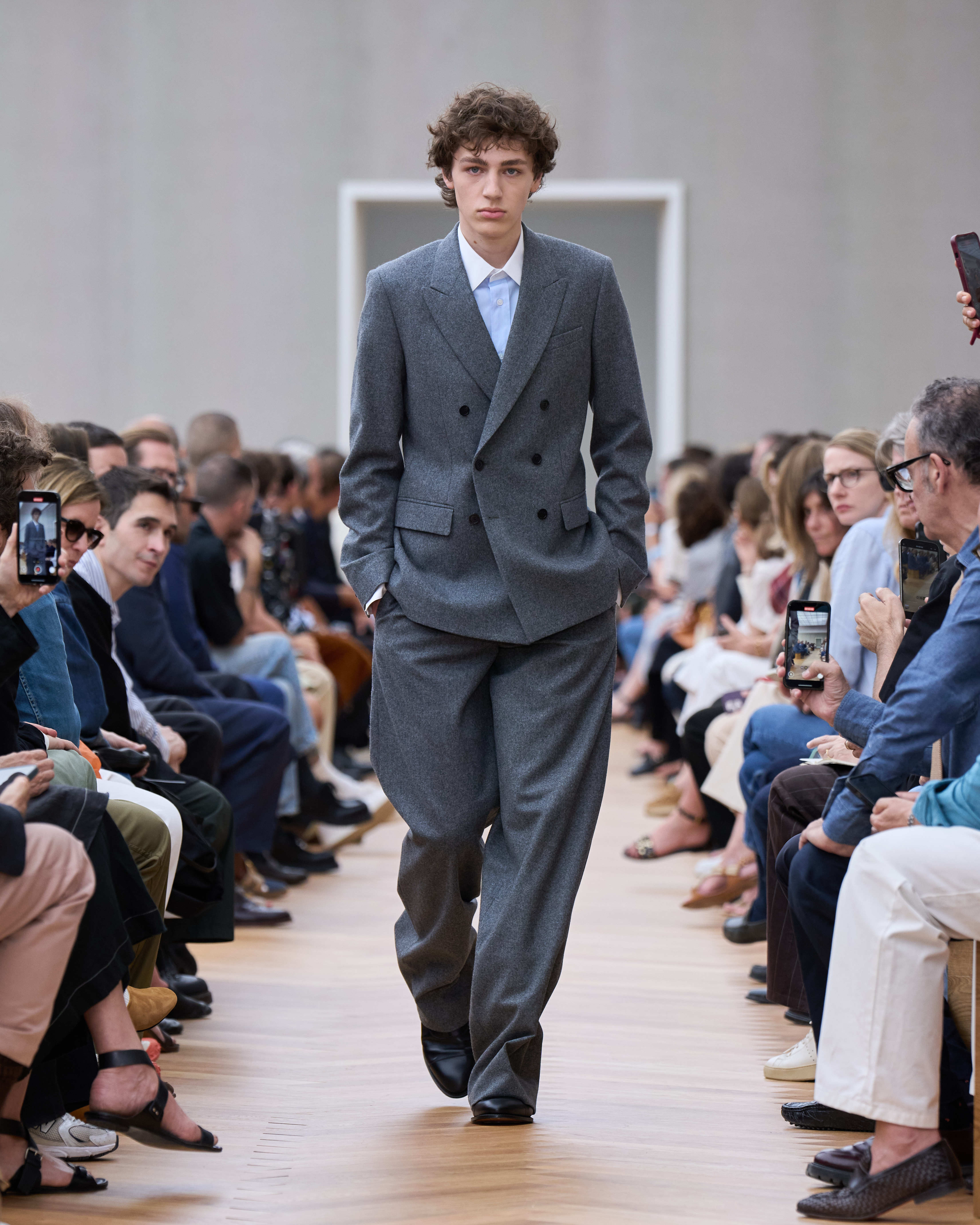
While Chiuri championed feminism in fashion with bold, and occasionally performative, statements – most famously the “We Should All Be Feminists” T‑shirts referencing Chimamanda Ngozi Adichie from her debut – Anderson, by contrast, weaves the ideas of gender more subtly into the fabric of his collections, embedding themes of fluidity and identity directly into the clothes themselves. Where Chiuri’s approach was often declarative and external, Anderson’s is intimate and intrinsic – inviting wearers to experience and express complexity through the garments, carrying forward Dior’s evolving conversation on gendered expression in a new, layered way. For its parent company LVMH, this could mean more than just aesthetic evolution – it’s a bet on cultural relevance as a driver of revenue.
Despite his intellectual rigor, Anderson’s quietness poses a challenge: Dior has been synonymous with bold silhouettes, theatrical flair, and unapologetic fantasy. This muted, meticulously measured vision – while undeniably compelling – risks neither fully honouring nor radically challenging this legacy. Yet Anderson’s restraint is not a limitation but a language – one he speaks fluently. His Louis XVI-esque coats, paired with subversive sneakers, offered a quiet kind of rebellion that felt entirely in line with his ethos.
Anderson himself has said that “the great thing about Dior is that it reinvents itself with each designer.” So the question now is: what will Dior become under his watch – and what might that mean for LVMH? If his debut is any indication, Anderson’s reinvention leans toward subtle rebellion.















